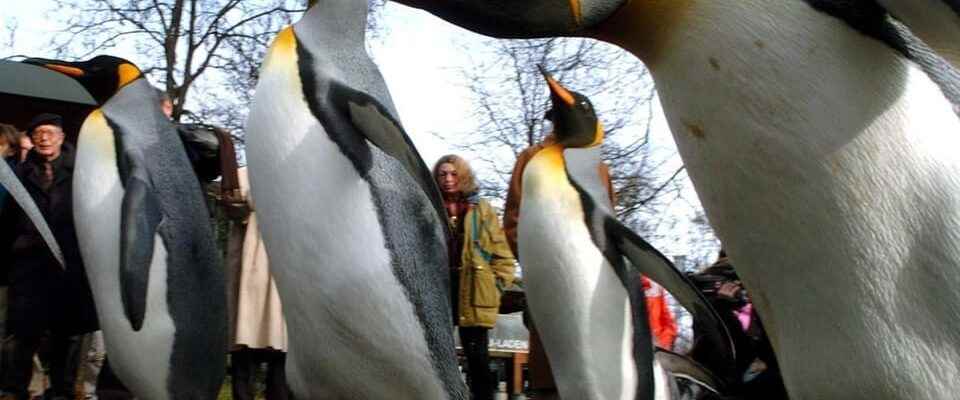contents
The outbreak of bird flu in the canton of Zurich also has consequences for many species of birds in Swiss zoos: They are no longer allowed outside or have a net over their enclosure. This is to prevent infection.
This winter got off to an unpleasant start for the ostriches in Basel’s “Zolli”: because of the federal bird flu protection measures ordinance, they too have to stay in the stables until at least mid-February. The veterinarian at Basel Zoological Garden, Fabia Wyss, is currently still intensively negotiating with the cantonal veterinary office how often they are allowed into the outdoor enclosure.
Zoos want to protect their sometimes rare and valuable birds anyway, but to cover the needs of the animals, as Fabia Wyss states: “It’s about having a reasonably good attitude and still protecting it.” A net is hardly an option where the outdoor enclosure is too large, as with the ostriches, or integrated into the visitor facility as an open body of water, as with the geese or swans in Basel. In this way, risks and opportunities can be assessed together, suitable for each bird species.
It’s about having reasonably good posture and still having the protection.
Accordingly, it is still unclear whether the Basel flamingos will have to be reined into a hall from their open shallow pool or whether they can be protected with a net. This is reassessed from day to day. The federal measures are particularly focused on chickens, geese and ducks, ostriches and ratite species.
The Tierpark Bern has meanwhile moved its pelicans and flamingos to a hall, and its children’s zoo chickens are also in the stable. According to a spokeswoman, protective covers were hung up for those birds that are allowed to stay outside – the zoo keeps greylag geese, among other things.
Be careful when feeding
Zurich Zoo is also still negotiating suitable protective measures with the veterinary office. In Zurich, ostriches are currently still outdoors, while silkies, guinea fowl and musk ducks have to stay in their stables. When feeding, be careful not to attract wild birds either by feeding inside buildings or by giving just a little bit of food outside and then immediately removing any leftovers.
A spokesman explains that the two cases of infection in the canton of Zurich, after which the federal government issued the protection ordinance, were far enough away from Zurich Zoo. If bird flu cases occur in the vicinity of the zoo, the situation will be reassessed.
Legend:
King penguins in Basel on their winter walk in the zoo.
Keystone / Markus Stuecklin
The penguins are particularly popular with the Basel “Zolli” audience because in winter they regularly leave their rooms in the vivarium – guided by animal keepers – and walk along the visitor paths when the temperature outside is below ten degrees. According to Fabia Wyss, these excursions on foot can take place until further notice, but that can change every day if the risk of infection is judged to be too great.
